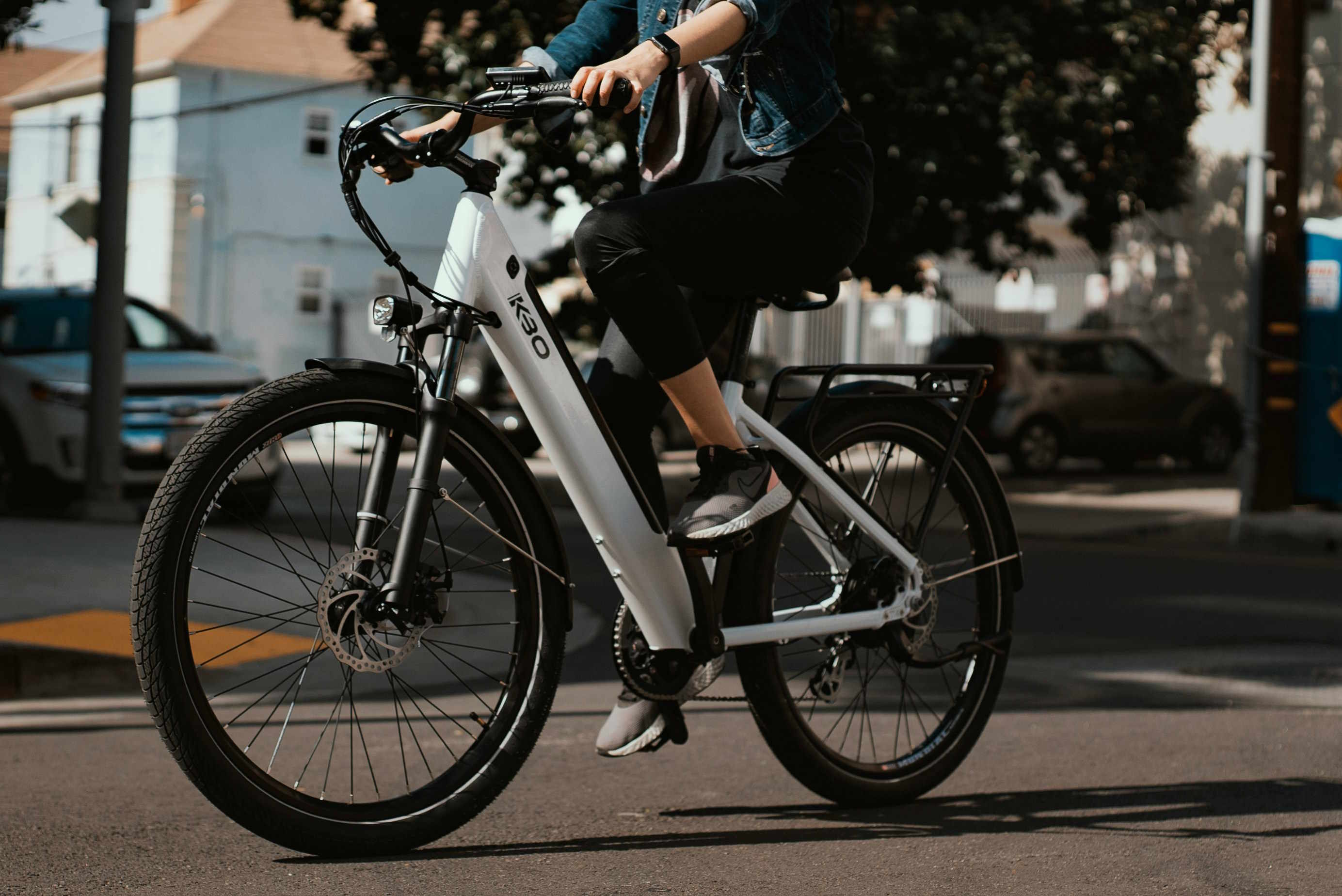Reducing Congestion through Integrated Micromobility Networks
Integrated micromobility networks can shift short urban trips from cars to bikes, scooters, and shared micro-vehicles, easing traffic pressure on main arteries. This brief overview highlights how coordinated services, data-driven routing, and inclusive payment systems support sustainable, resilient urban mobility solutions.
Urban congestion is a persistent challenge for modern cities, affecting commute times, freight reliability, and local air quality. Integrated micromobility networks—combining shared bikes, scooters, and small electric vehicles with public transit and freight planning—offer practical pathways to redistribute short trips and reduce private car dependence. Effective integration requires attention to infrastructure, operations, data sharing, and policies that ensure accessibility and sustainability while maintaining resilience in changing conditions.
How does micromobility fit into multimodal mobility?
Micromobility serves as a flexible first-mile/last-mile option within a multimodal system, connecting people to transit hubs, workplaces, and local services. Successful multimodal integration aligns schedules, physical infrastructure, and booking systems so users can switch seamlessly between micromobility and buses, trams, or trains. Urban planners can use dedicated lanes and prioritized intersections to keep micromobility flows moving safely, reducing short car trips that frequently clog feeder roads. Equitable station placement and consistent regulations across municipalities help create a coherent network rather than fragmented pilot projects.
What role does electrification and decarbonization play?
Electrification of shared small vehicles supports decarbonization goals by replacing internal combustion engine trips and improving per-trip emissions profiles. Charging infrastructure and battery-swapping strategies need coordination with energy providers to avoid grid strain and to maximize renewable energy use. Fleet electrification also pairs with lifecycle planning—selecting durable vehicles and enabling repairability—to ensure that sustainability gains are not negated by frequent turnover. Policies that promote low-carbon procurement and incentivize electrified micromobility can support broader citywide emissions targets.
How do routing, telematics, and analytics reduce delays?
Telematics and advanced routing algorithms enable operators and city managers to understand usage patterns and optimize fleet distribution in real time. Analytics can identify congestion hotspots and predict demand surges for specific corridors or times of day, informing dynamic rebalancing or temporary transit priority measures. Data-driven routing can nudge riders toward less-congested paths, integrate with traffic signal priority where available, and inform infrastructure investments. Privacy-preserving data sharing arrangements between operators and municipalities are key to unlocking these benefits while protecting users.
How can logistics, freight, and urbanism integrate with micromobility?
Micromobility integration should consider freight and logistics, in particular for last-mile delivery and small parcel transport. Cargo bikes and small electric cargo vehicles can take over short, frequent delivery routes that typically contribute to curbside congestion. Urbanism strategies that include loading zones, consolidated delivery points, and time-window regulations can reduce double-parking and dwell times. Coordinated micro-distribution hubs near transit nodes enable multimodal freight handoffs, improving the predictability of both passenger and goods movements and increasing overall street-level efficiency.
How do accessibility, payments, and connectivity improve usage?
Accessible design ensures micromobility is usable by diverse populations, including people with mobility impairments, older adults, and low-income riders. Inclusive payment systems—supporting contactless cards, mobile wallets, transit passes, and cash-equivalent options—remove barriers to adoption. Interoperable booking and payment platforms that recognize transit passes or allow single-account access across modes simplify journeys and encourage modal shifts away from private cars. Reliable mobile connectivity and clear wayfinding are practical complements that reduce friction and support real-time information sharing.
How do commuting patterns, ridesharing, booking, and resilience interact?
Commuting flows create predictable demand peaks; integrating micromobility with ridesharing and public transit smooths those peaks by offering alternatives and absorbing overflow when transit capacity is strained. Flexible booking and reservations can increase reliability for commuters who require guaranteed access. Resilience planning includes contingency strategies—such as pop-up bike lanes, temporary parking zones, or prioritized charging during outages—that keep networks operational under stress. Coordination across agencies and operators ensures adaptive responses to weather events, infrastructure failures, or unexpected demand shifts.
Reducing congestion through integrated micromobility networks depends on coordinated planning, interoperable technology, and policies that prioritize sustainable and accessible travel options. By combining targeted infrastructure, fleet electrification, data-driven operations, and inclusive payment and booking systems, cities can better manage short trips, improve freight reliability, and build resilience into urban mobility. These elements together create a more connected, efficient, and sustainable urban transport ecosystem.






